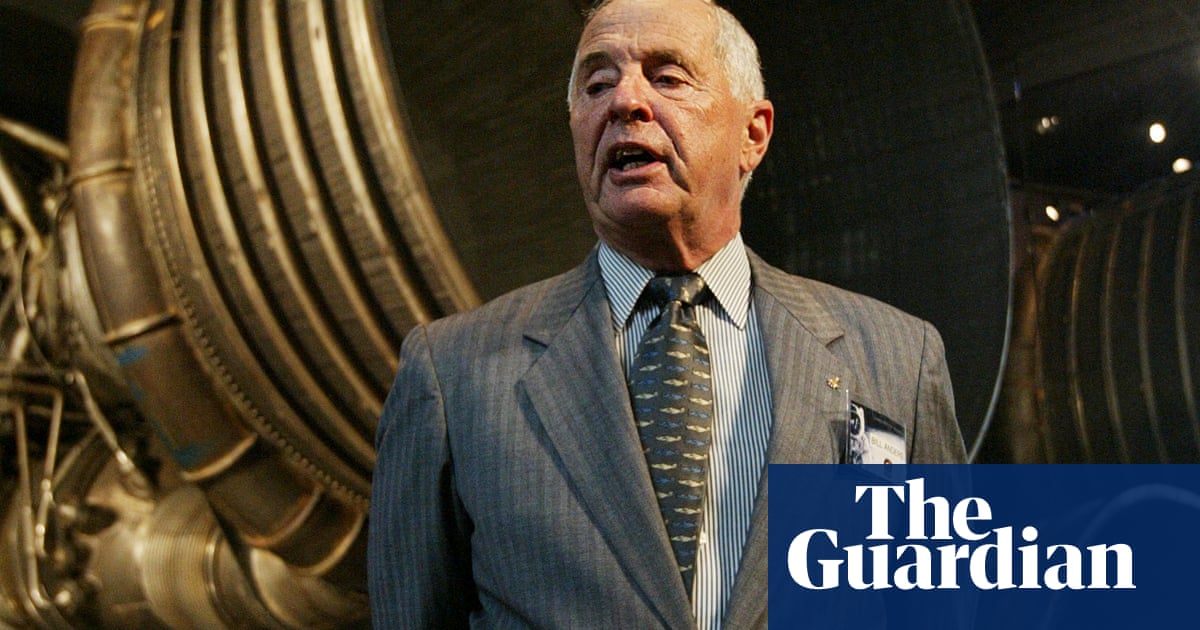Retired Maj Gen William Anders, the former Apollo 8 astronaut who took the iconic Earthrise photo showing the planet as a shadowed blue marble from space in 1968, was killed Friday when the plane he was piloting alone plummeted into the waters off the San Juan Islands in Washington state. He was 90.
“The family is devastated,” said his son, Greg Anders, who confirmed the death to the Associated Press. “He was a great pilot and we will miss him terribly.”
Anders said the photo was his most significant contribution to the space program, given the ecological philosophical impact it had, along with making sure the Apollo 8 command module and service module worked.
A report came in around 11.40am that an older-model plane crashed into the water and sank near the north end of Jones Island, the San Juan county sheriff Eric Peter said.
Only the pilot was on board the Beech A45 airplane at the time, according to the Federal Aviation Association.
William Anders said in an 1997 Nasa oral history interview that he didn’t think the Apollo 8 mission was risk-free but there were important national, patriotic and exploration reasons for going ahead. He estimated there was about one in three chance that the crew wouldn’t make it back and the same chance the mission would be a success and the same chance that the mission wouldn’t start to begin with. He said he suspected Christopher Columbus sailed with worse odds.
Anders had once recounted the experience as part of a BBC documentary on the mission. He recalled how Earth looked fragile and seemingly physically insignificant, yet was home.
After two or three orbits around the moon, he and the crew began shooting photographs.
“We’d been going backwards and upside down, didn’t really see the Earth or the Sun, and when we rolled around and came around and saw the first Earthrise,” he said. “That certainly was, by far, the most impressive thing. To see this very delicate, colorful orb which to me looked like a Christmas tree ornament coming up over this very stark, ugly lunar landscape really contrasted.”
“I don’t know who said it, maybe all of us said, ‘Oh my God. Look at that!’” Anders said.
“And up came the Earth. We had had no discussion on the ground, no briefing, no instructions on what to do. I jokingly said, ‘Well it’s not on the flight plan,’ and the other two guys were yelling at me to give them cameras. I had the only color camera with a long lens. So I floated a black and white over to Borman. I can’t remember what Lovell got. They were all yelling for cameras and we started snapping away.”
The photo of the thrilling swirl of life that is Earth on a backdrop of black space and a foreground of dull, lifeless moonscape became an icon of space travel and the defining image of our living world and its fragility.
The National Transportation Safety Board and FAA are investigating the crash.
Associated Press contributed reporting







